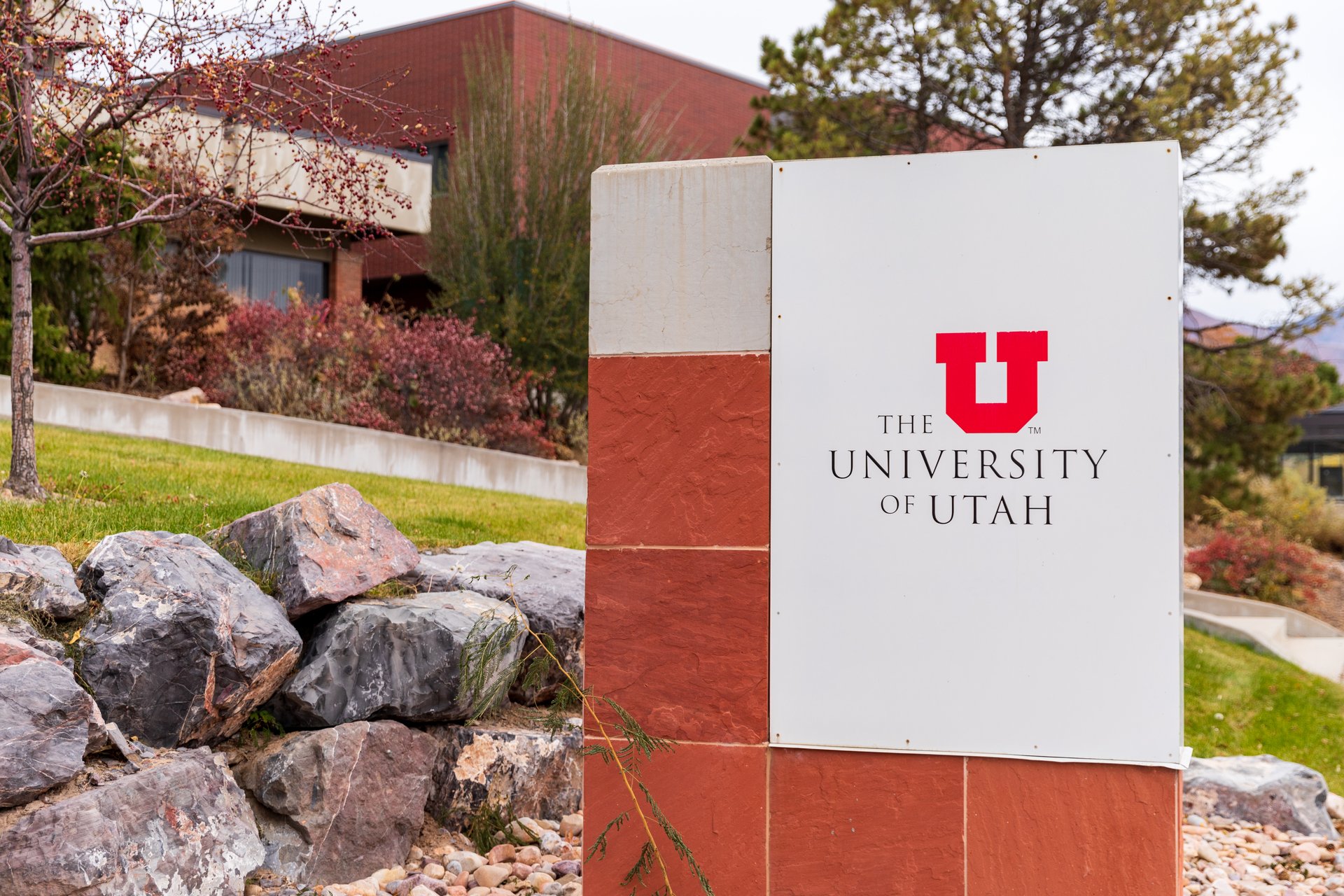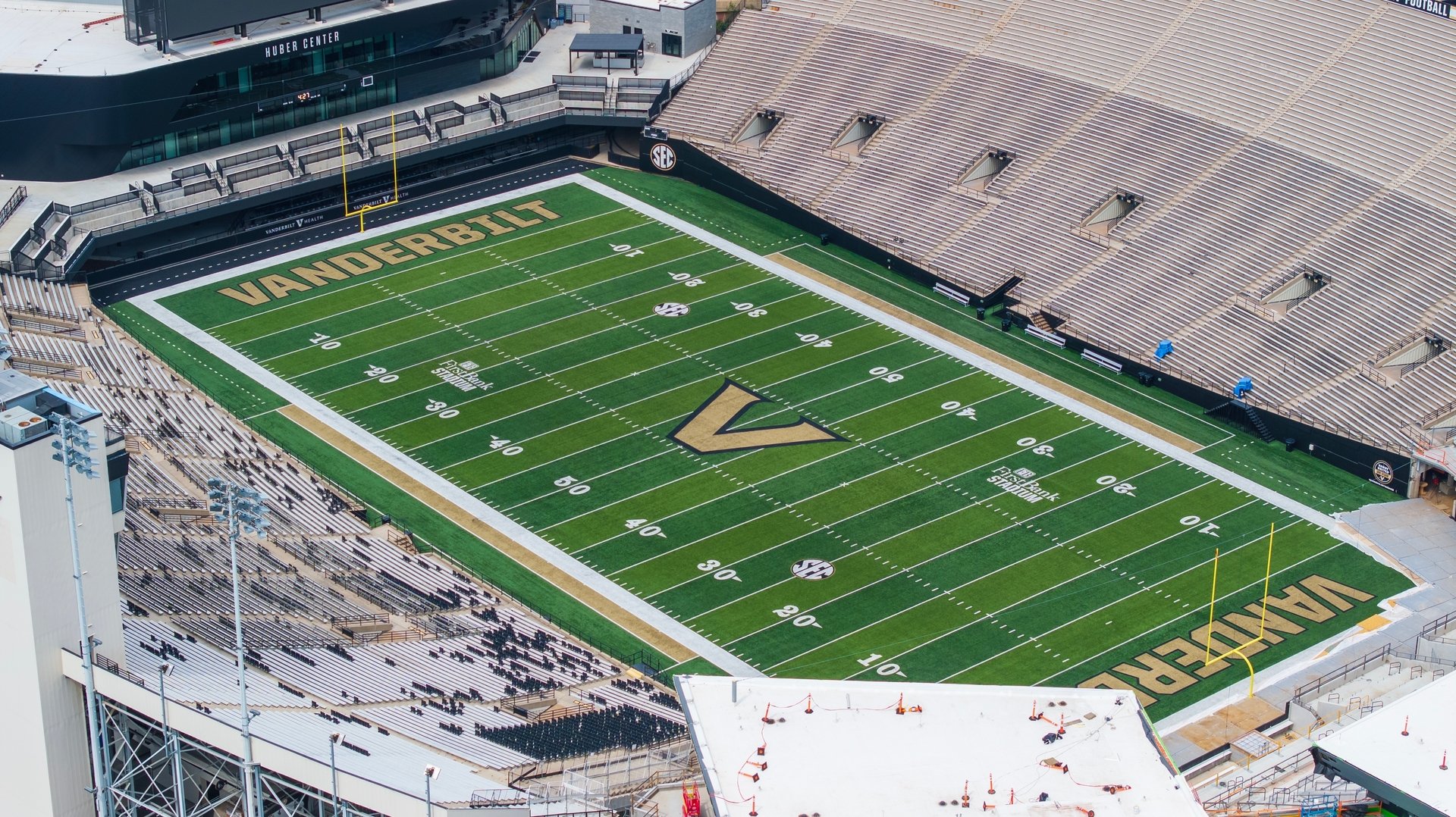Good morning, and thanks for spending part of your day with Extra Points.
My wife and I have a saying whenever we’re contemplating spending a non-insignificant amount of money on something and we’re tired of haggling, price-comparing or coupon-hunting. Money isn’t real.
Some doohicky in the car engine died, and now we gotta spend $1,100 at the dealership? Money isn’t real. Breakfast cereal now costs ten bucks a box? That sucks, but at least money isn’t real. Too exhausted to cook anything, so we’re dropping sixty dollars to order pizza rather than use the vegetables in the fridge? Money isn’t real!
I’m not making a political or ideological statement when I say Money isn’t real. It’s simply a sentiment I’m expressing out of exhaustion, or frustration, or confusion. After all, a huge part of what I do professionally is write about business, where I ask serious professional people with serious professional degrees some serious professional financial questions…and then some memecoin called $FART or $BUTT ends up with a seven million dollar market cap and a 12-year-old gets rich and all the serious professionals look stupid.
You know what I mean?
We can write about supply and demand and startups and market pressures in all sorts of industries, but in my bones, I think our friend Matthew McConaughey said it best in The Wolf of Wall Street (this clip has bad words in it if you’re the kind of person who is bothered by bad words).
Let’s just, uh, forget what he does right after this scene. That’s not important for a college sports business newsletter.
Anyway, speaking of money not being real, Penn State is about to pay a defensive coordinator $3 million dollars a year.
Ohio State defensive coordinator Jim Knowles is finalizing a deal to become the new defensive coordinator at Penn State, sources told ESPN on Sunday.
Knowles is expected to agree to a three-year deal that will average $3.1 million per season, which will make him the highest-paid defensive coordinator in college football. He is believed to be the first coordinator in college football to make a base salary of at least $3 million.
Knowles made a base salary of $2.2 million last season, and his compensation got close to $3 million with bonuses in the wake of Ohio State's national title run. The Buckeyes extended an offer to Knowles, sources told ESPN, that would have made him the highest-paid coordinator in the country, ahead of Michigan's Wink Martindale and LSU's Blake Baker, who are both set to earn $2.5 million next season.
I mention this not because I think Jim Knowles is a bad defensive coordinator. On the contrary, my alma mater just won a national championship in large part because of his schematic contributions. I do not Know Ball well enough to give a definitive ranking, but I think most other college football reporters would not hesitate to say Knowles is among the very best at his job in all college football.
But was defense the problem for Penn State last year? No, at least, not in my opinion. The Nittany Lions gave up more than 30 points in regulation exactly once during the entire year, a 45-37 loss in the Big Ten Championship game to Oregon. They held Ohio State to 20 points. They (mostly) locked up Ashton Jeanty. According to BCF Toys, Penn State finished 4th in the country in defensive efficiency, behind only Notre Dame, Ohio State and Texas.
Their defense was really, really good!
So good, that their defensive coordinator (Tom Allen) was in high demand, taking a new job with Clemson. And now, Penn State is going to spend more than three million dollars a year…more than some P4 head football coaches make, to bring in a defensive coordinator who, if everything goes perfectly, might improve their defensive ranking by two spots.
I can’t fault the decision. Penn State wants to go all in on winning a national title next season, they will have one of the most experienced and talented rosters in the country, and oh look, one of the very best defensive coordinators in the country happens to be from Philadelphia. If you could get him, why wouldn’t you, right?
Let’s talk about that more, but first, a word from our sponsor:
Learn AI in 5 minutes a day
What’s the secret to staying ahead of the curve in the world of AI? Information. Luckily, you can join 1,000,000+ early adopters reading The Rundown AI — the free newsletter that makes you smarter on AI with just a 5-minute read per day.
I’m old enough to remember when spending on coaches was supposed to go down…or least, kind of level off. Heck, I thought that would happen!
Back in December, Oklahoma State head coach Mike Gundy agreed to a restructured contract that cut his pay, with the difference going towards athlete revenue sharing funds. Florida State head coach Mike Norvell, fresh off perhaps the worst season in Florida State football history, made headlines when he announced a $4.5 million contribution toward the school’s NIL efforts. Brian Kelly at LSU said he’d match donations to LSU NIL fundraising, up to a million bucks, presumably money that would come out of his salary.
All of this made economic sense to me. The rapid and explosive growth in football salaries was only possible because schools couldn’t directly share revenue with athletes. Short of paying athletes directly, the best way to ensure a winning football team was to hire the best coaches, so an awful lot of the windfalls from new TV deals were funneled to coaches.

Via the Knight Commission
But in 2025, schools can pay athletes directly. In fact, barring the House settlement getting scuttled and schools deciding not to share revenues at the last second, everybody in the P4 will be paying athletes directly.
So the conventional wisdom was once schools had to ask the same sorts of people who would help pay for coach contracts (and buyouts) for athlete NIL money, and once schools had to spend ~$20 million a year to directly compensate athletes, that spending on coaches would slow, if not outright decline.
Over a longer period of time, with a large enough dataset, I think that’s probably still true.
But also: money isn’t real.
It isn’t just Jim Knowles.
USC just hired Chad Bowden away from Notre Dame to serve as the football program’s new general manager, reportedly for a seven-figure salary (Bowden, unlike other high profile recent CFB GM hires, does not come from an NFL background).
And plenty of other coaches have seen major paydays recently:
There are a couple of different ways we could look at this
It’s entirely possible that these massive salary increases are exceptions, rather than the general trend, and revenue will begin to shift more significantly from coaches to athletes. If power conference schools plan to fully fund their revenue sharing obligations, they’re looking at slightly over $20 million in new expenses a year. There aren’t that many assistants out there the caliber of Jim Knowles, and while the tippy-top of the coaching pool may see their compensation continue to skyrocket, maybe that won’t be the case for everybody else.
I don’t personally believe we have enough data yet to speak to that conclusively, but by this time next year, after a year of revenue sharing and multiple coaching carousels, I reckon we probably will.
Another theory is that it doesn’t matter if large athletic programs suddenly have a new $20 million cost obligation. That money can be offset by new revenues, or that departments will simply make cuts elsewhere in the department, allowing the coaching salary trend to continue to only accelerate upwards.
And finally, there’s the money isn’t real argument. There’s no sense trying to Moneyball anything if at some level, donor appetite for championships is inexhaustible. Nobody gets to hang a championship banner for fiscal responsibility. No governor is actually going to audit the state flagship athletic department. While the sort of donors who make $350,000 a year may cry uncle and stop donating enough, the biggest programs will simply move to the donors who make $3.5 million, or $35 million, or more.
I get asked all the time if I think the current financial model of college athletes is sustainable. My best answer is the handful of crazy rich people that underwrite the biggest programs don’t care about financial responsibility, then sure, why should anybody else? Without having to turn a profit or pay shareholders, and with most athletic departments either backed by the state or a private university endowment the size of a South American country’s GDP, who cares about sustainability? Money isn’t real!
Now, does that line of thinking work for say, NJIT, or Akron, or North Dakota? It sure doesn’t! I’ve FOIA’d your budgets, and I have a pretty good idea what kind of rich person you have donating to stuff. You’re stuck living in the real world like the rest of us, having to pay bills and present an athletic department budget that somewhat resembles financial reality.
But for Ohio State? Penn State? Alabama? Michigan? Maybe, maybe not!
I don’t blame Penn State for throwing three million dollars at a very good defensive coordinator. The name of the game is to win championships, and next year might be the best chance Penn State has for the next decade.
But if this is the new world we live in, it does make it a teensy bit harder for me to listen the next time an athletic director bemoans the fiscal challenges of “the rapidly changing college sports landscape” or whatever the buzzword is for this month.
I’ll keep FOIAing the budgets and asking the questions and trying to analyze the money flowing in and around this sport. But maybe, just maybe, despite what gets entered on the spreadsheets and filed on the forms…the money ain’t real.
THAT BEING SAID, if you want to see what budgets everybody in D-I is reporting to the NCAA, good news! We have that info in the Extra Points Library

Every year, D-I and D-II schools have to file an itemized budget report with the NCAA. We have over 700 of those reports in the Extra Points Library, stretching back over the last three years, and 69 of them from FY24, with more being added daily.
These reports don’t just explain how much a department earned or spent over the course of the year…but that money is broken down by sport, source, and more. So you can see how much revenue Boise State Softball reported earning from ticket sales ($41,723), or what Maine earned in game guarantees across all sports ($898,000), or what Oklahoma State reported in NCAA Distributions ($1,510,049).
If you want to benchmark your department against your peers, better understand your own institution, or make sense of the latest news story, you’ll want the data in Extra Points Library. Library also includes vendor contracts, coach contracts, consultant studies, and much more!
Thanks for reading. I’ll see you on the internet this week.


















